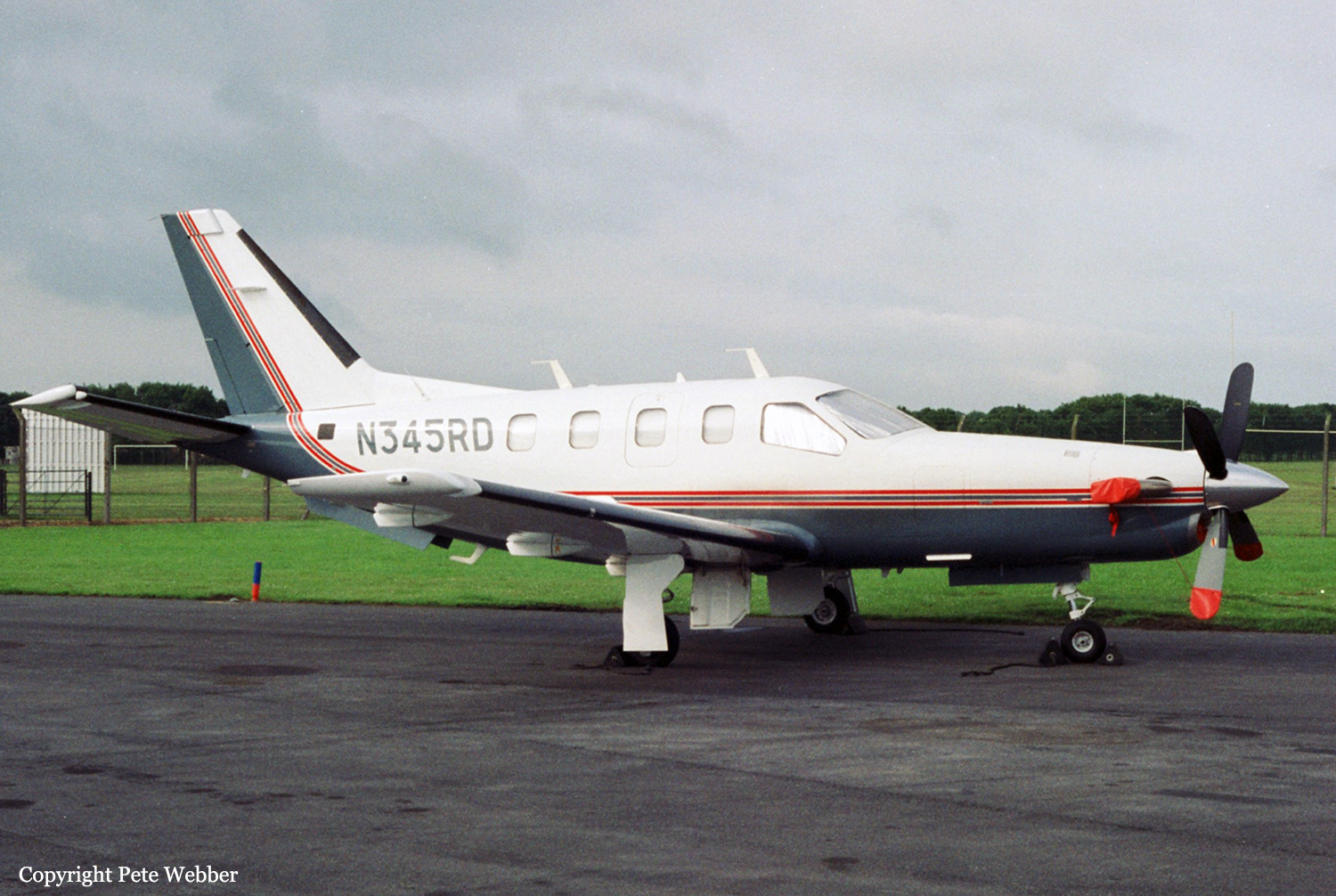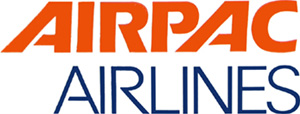Crash of a Socata TBM-700 in Truckee
Date & Time:
Mar 13, 1998 at 1900 LT
Registration:
N345RD
Survivors:
Yes
Schedule:
Novato - Truckee
MSN:
076
YOM:
1993
Crew on board:
1
Crew fatalities:
Pax on board:
3
Pax fatalities:
Other fatalities:
Total fatalities:
0
Captain / Total hours on type:
1200.00
Aircraft flight hours:
1119
Circumstances:
The pilot was cleared for a GPS approach. He stated that he was too high to make a good landing, so he opted for a circling approach to another runway. As he turned for the base leg, he lost visual contact and became disoriented. It was a dark night with no moon. The pilot realized that he was in a 70- to 80-degree left bank and returned the airplane to a level attitude, then noticed the ground directly in front of him. The aircraft ran through a barbed wire fence, collided with trees, and slid rearward to a stop in a high altitude meadow east of the airport. The FAA completed an evaluation of the circling approach procedures and night operations for that airport and did not find any problems.
Probable cause:
The failure of the pilot to maintain control of the aircraft due to spatial disorientation. A factor was the dark night.
Final Report:


